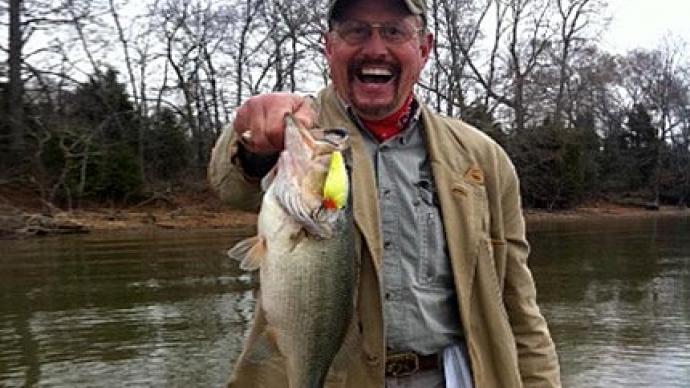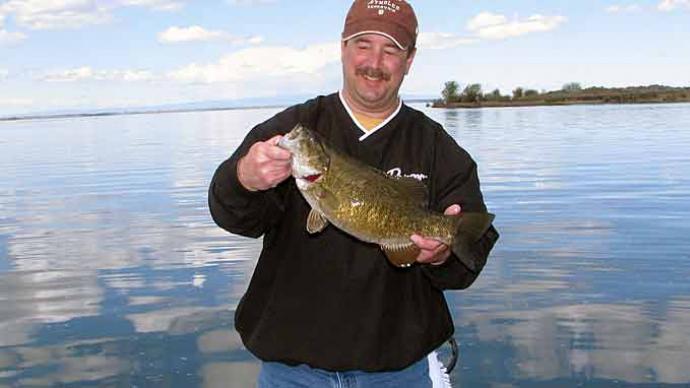
No matter how many years of experience an angler has logged on the water, he can always learn from the next one.
For example, take an on-the-water epiphany I had while fishing with a buddy on a local river last summer. We were casting to smallmouth bass tucked behind rocks in the current. We were both fishing creature baits and shaky-head, hand-pour worms. I was catching four times as many as he was. He switched baits and colors, but it didn’t matter. I still was out fishing him.
Now, this friend is a good angler and highly versatile, but everything he tried didn’t matter. Then it hit me. It was the presentation.
First, he was sitting down and casting, so he wasn’t getting the same angle as I was. His line was lying on the water and being swept away in the current, so his bait wasn’t falling immediately behind the rocks. In that strong current, fish won’t chase a bait moving quickly away from them.
More importantly, we were using different weights. I had a ¼-ounce jighead, and he had a 3/16-ounce model. Also, I was using fluorocarbon, which sinks faster than monofilament.
When he went to ¼ ounce, he began catching them as consistently as I was. The little bit of weight difference was critical.
The importance of how fast a lure falls was nothing new to me, but such a small detail had slipped my mind. This experience made me realize how easy it is to overlook such a minor adjustment that can matter in whether you catch fish.
It reminds me of another situation costing me a lot of money. I was fishing in a tournament where pro angler Larry Nixon and I were fishing the same water and using the same technique – flipping jigs into shallow bushes. He won, and I finished 15th.
We talked afterward and compared notes. He had a 4-pound average, and I never caught a 4-pounder. The difference? He was using a 1 ½-ounce jig, and I used a ½ ounce.
“In practice, I noticed the bass were chasing my bait out of the bushes when I cranked it in to make another flip,“ he explained. “I put the biggest jig on and let it fall lightning quick and started catching them.”
Speed is equally important when fishing crankbaits. Years ago, while fishing Lake Wylie, I watched a guy tear up the bass on a lipless lure. I tried it and couldn’t catch them like he did. I later discovered he used a spincast reel with an extremely slow gear ratio. There was no way I could turn my baitcasting reel as slowly as he did.
Line matters, too. Two anglers may use the same baits, but a smaller-diameter line has less drag and falls faster. As noted earlier, fluorocarbon sinks faster than monofilament or braid. That can be a significant factor in how a bait appears to the fish.
Remember, if you’re cranking a bait, it will dictate how deep that lure will run. Crankbaits and spinnerbaits will run deeper in the water column on a lighter line.
The lesson to remember is to always think about the presentation, lure speed, and fall rate when trying to catch bass. It matters with every lure you fish.
It’s especially critical on lakes that get a lot of pressure. Bass see a variety of lures, and the more pressured they are, the more perfect your presentation must be. You must be mindful of what happened with every fish you catch, note every little detail, and try duplicating it.
As I learned in that tournament with Nixon, you may be able to trigger bigger fish to bite if you make subtle adjustments in your presentation. Never be satisfied with catching little fish if you know the bigger ones are around. A slight tweak in the presentation may be all needed to get bigger ones fired up.
You can find more articles, quick tips, and more at HankParker.com.




